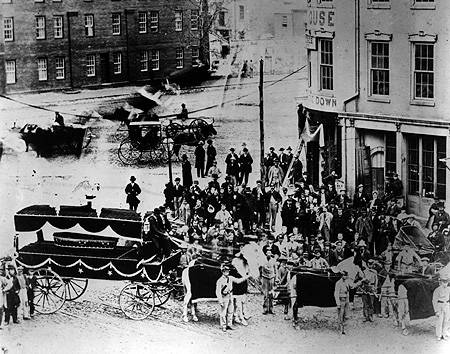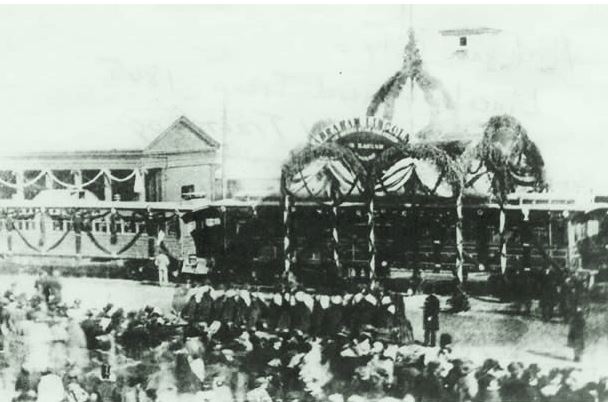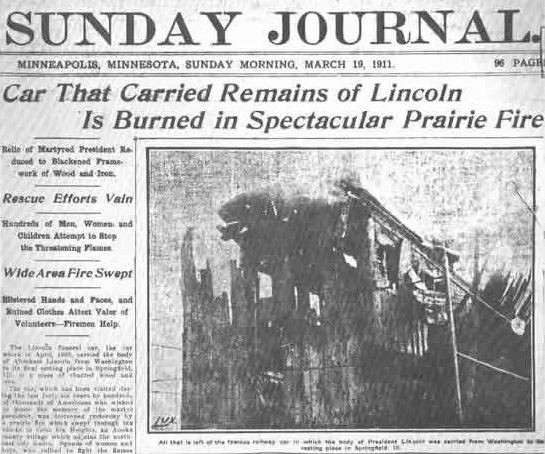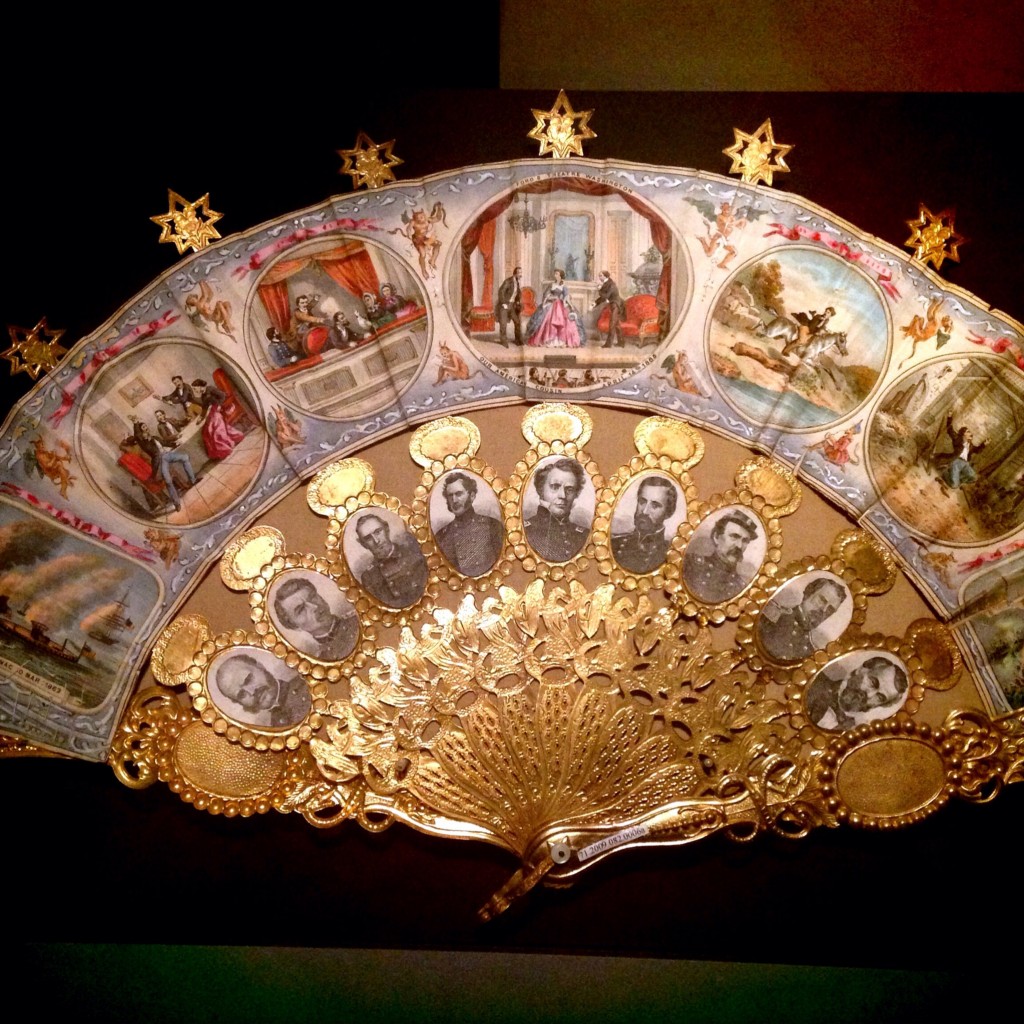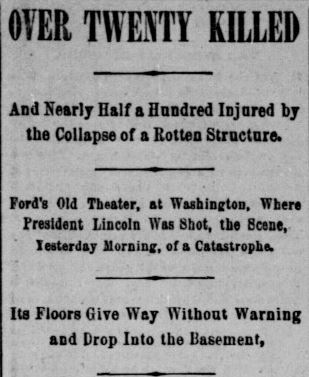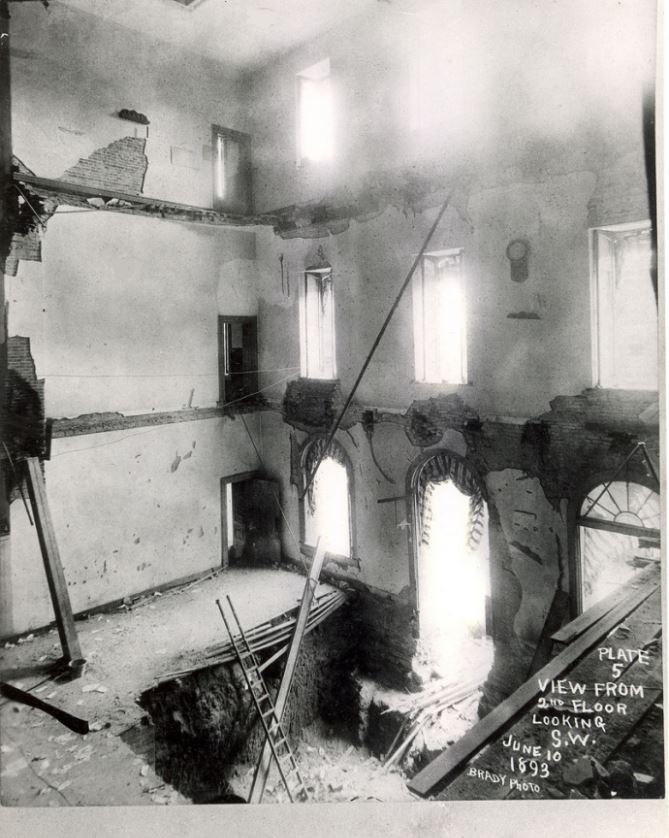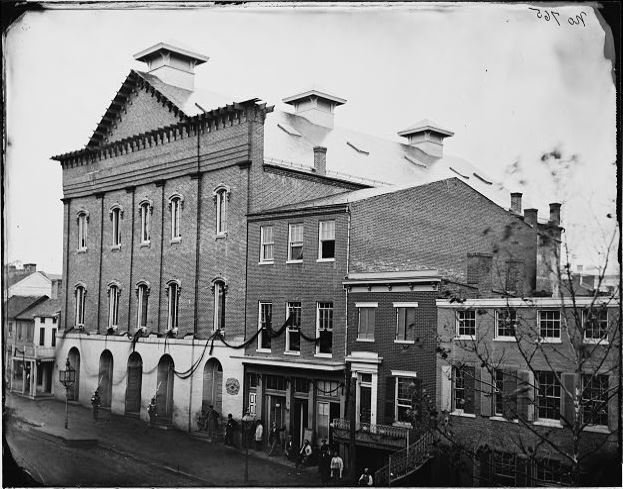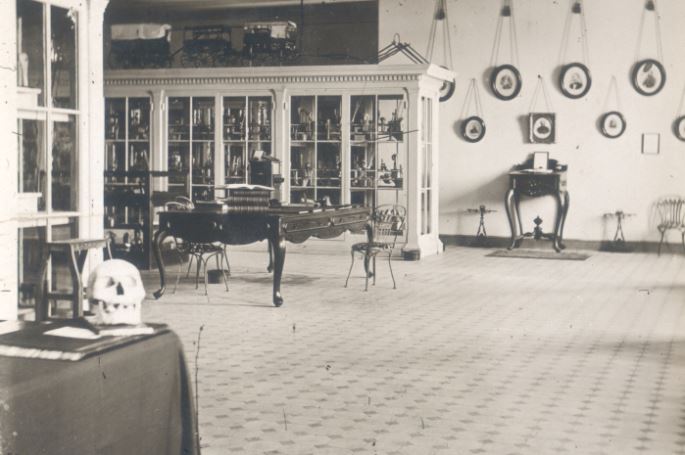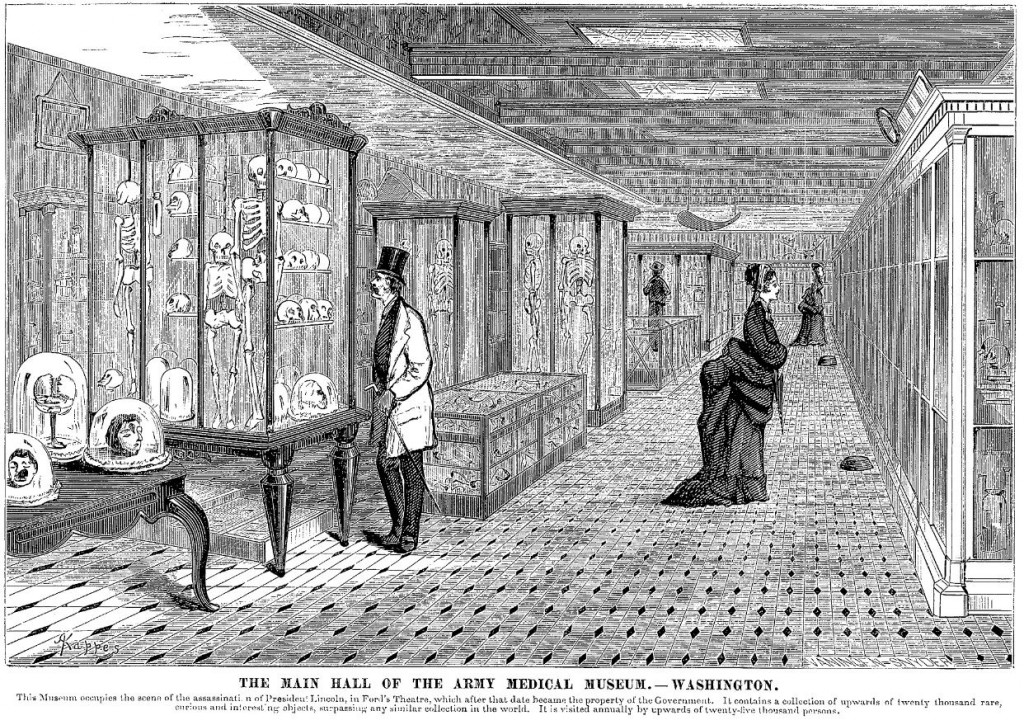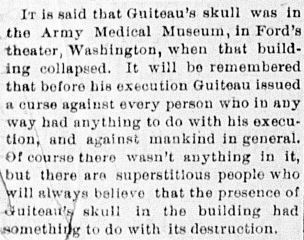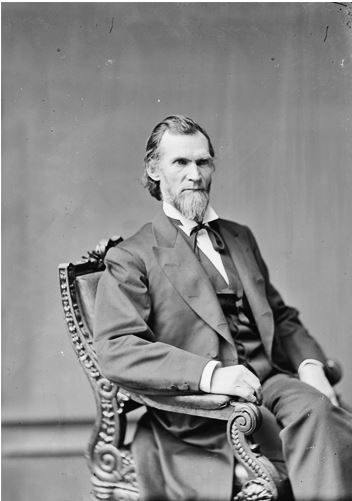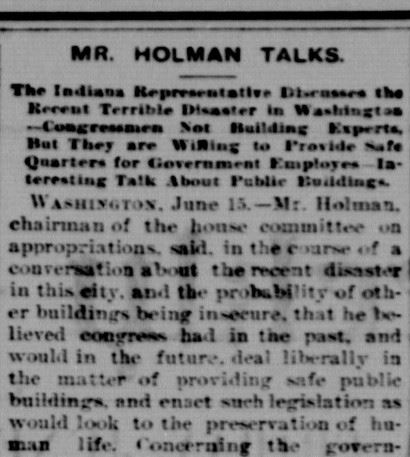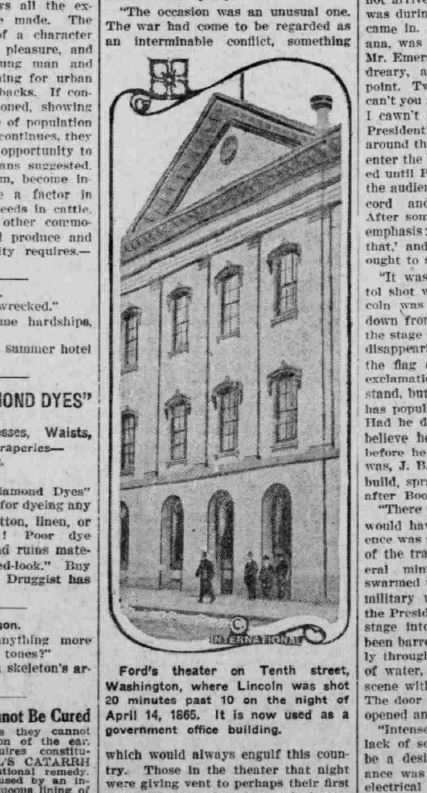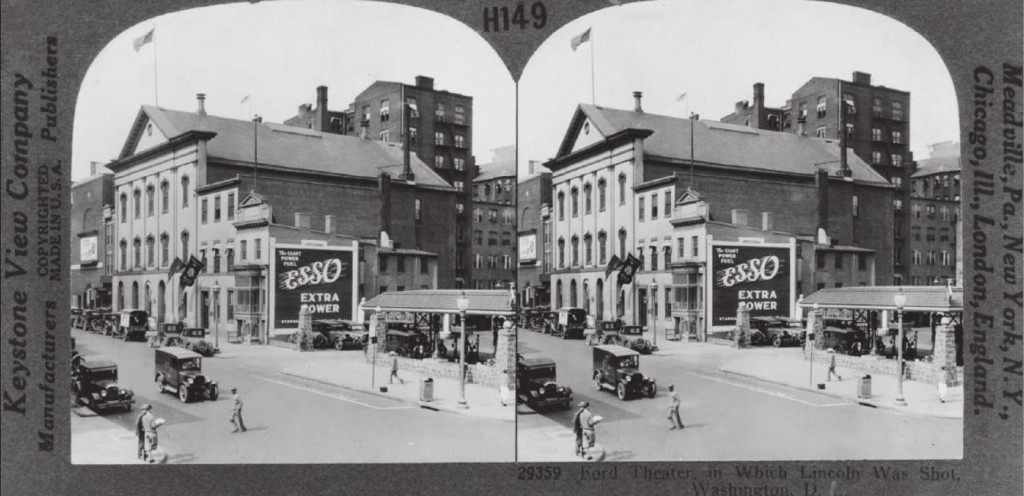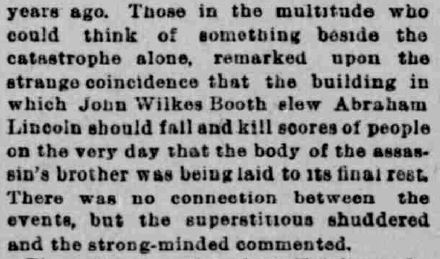An entry in Hyman’s Handbook to Indianapolis recently caught my eye. A strange masked man stalks this great guide to the old and now mostly vanished architecture of the city in 1909.
My thoughts raced to Jules Verne’s deep-sea divers, Renaissance plague doctors dressed like bizarre birds, steampunk fashion designers, and of course the epic villain, Darth Vader. Even the name of the company that once manufactured this pioneer fireman’s oxygen mask in the Hoosier State had a science-fiction ring to it: the Vajen-Bader Company.
Smoke, sulfur, and ammonia pose problems similar to those faced by divers and even doctors wading into disease-ridden “miasmas” (the “bad air” mentioned in old medical manuals). So it should come as no surprise that the invention of smoke helmets is part of a much bigger history. The tragedy is that the protective devices used by groundbreaking medical men, underwater explorers, and firefighters evolved into the gas masks used in the chemical warfare that made World War I so uniquely terrifying at the time.
In 1893, Indianapolis hardware salesman and inventor Willis C. Vajen earned his place in the history of masks and life-saving.

Vajen (whose name, I believe, is pronounced “Vie-en”) came from one of the capitol city’s most prominent and wealthy families. His father, John Henry Vajen, emigrated from Bremen, Germany, to Baltimore with his parents in 1836, then moved west with them to Cincinnati, Ohio, and eventually Jackson County, Indiana. (John Vajen, Sr., had been a professor in Germany, a talented organist, and a Lutheran minister, and served as pastor of a large log church near Seymour.) Vajen, Jr., went into the hardware business and made a small fortune in trading and banking. During the Civil War, J.H. Vajen became the thrifty Quartermaster General of Indiana and was known as Governor Oliver P. Morton’s right-hand man. He died in 1917.
Willis Vajen ultimately followed in his father’s footsteps. After attending a seminary in Hamburg, Germany, Earlham College in Richmond, and Wittenburg College in Ohio, he, too, went into the hardware business. His sales knack probably had something to do with his skill in design. (Vajen filed patents for tools and machinery, like this plumb bob and a rein support for horses.) “Vajen & New” was located at 64 E. Washington St., offering Indianapolitans the best selection of lawn mowers, saw vises, rubber hoses, fishing tackle, fly-screen doors, White Mountain Ice Cream freezers, garden rakes, rubber hoses, and roller skates.


No mere humble merchants of garden tools and sporting goods, the Vajens married into great families. Willis Vajen was wed to Anna Claypool, daughter of the wealthy Connersville businessman Edward F. Claypool. (Ironically, the majestic Claypool Hotel, named for the inventor’s father-in-law and once one of the great landmarks of the city, was destroyed by arson in 1967.) Vajen’s sister Fannie Belle married Charles Stewart Voorhees, son of Senator Daniel Voorhees. (Charles Voorhees represented Washington Territory in Congress.) The Vajens often vacationed at their summer cottage on Lake Maxincuckee in northern Indiana, loaning it to the Hoosier novelist Booth Tarkington and his wife Laurel Fletcher in 1902.
Yet Willis Vajen’s claim to fame is the “smoke protector” that he perfected with William Bader in 1893. Apparently one or both of these men had witnessed a tragic hotel fire where rescuers were unable to reach the fourth floor due to smoke, the inspiration for their efforts at invention. A German immigrant, Bader was a piano maker by profession and may have come up with the idea first. Testimony from a lawsuit filed in U.S. Court in 1899 has it that Vajen first saw a photograph of the device in the music store where Bader worked, and the two worked together to improve efficacy of the mask, meanwhile helped along by Dennis Swenie, Chicago’s fire chief. A clip in the Los Angeles Herald suggests that “William Baders” was the real genius, Vajen only “furnishing the capital for the enterprise.” The court’s verdict, however, was that Vajen deserved most of the credit.

The struggle to perfect a mask that can ward off the assault of smoke, water, noxious fumes, and even the plague goes back centuries. News articles heralding the Vajen-Bader Patent Smoke Protector often remarked that it looked like a sea-diver’s helmet. This, too, was a new invention. English brothers Charles and John Deane had been inspired to invent their famous copper diving helmet in the 1820s after witnessing a fire at a smoke-filled horse stable. When the Deanes attached a leather hose to pump fresh oxygen into their firefighting helmet, scuba-diving took a great leap forward. (While wearing such an outfit in 1836, John Deane discovered Henry VIII’s long-lost warship Mary Rose, sunk off the Isle of Wight three-hundred years before.)

Another fascinating European forerunner of the Vajen-Bader mask was the plague doctor’s costume. While these seem like creatures of the fantastic imagination to us today, in the 17th century doctors venturing into epidemic-ridden cities sported masks resembling bird beaks, along with heavy protective suits that they believed gave protection from “miasmatic air.” Filled with scented herbs and spices like ambergris, myrrh, mint, cloves, and rose petals, the doctor’s elongated “beak” was designed as a kind of air filter. Credited to the Parisian doctor Charles de l’Orme, these ornithologically-inspired plague garments were in use as early as 1619 and later became a feature in the Venetian carnival.


When Willis Vajen and William Bader undertook work on their smoke helmet, other innovators had already tried out an array of devices, ranging from primitive sponges and lightweight “respiratory veils” to more sophisticated contraptions, like the one invented in the 1870’s by Irish physicist John Tyndall, who incorporated a cotton filter saturated with lime, charcoal, and glycerin. A different device was the respirator pioneered by Bernhard Loeb, who attached metal air canisters to the mask’s mouth.
Chicago’s Fire Chief Dennis J. Swenie endorsed Vajen and Bader’s invention early on — although as he wrote in a letter reprinted in the Fort Wayne Journal Gazette in May 1897, a few technical snags stood in the way:
Some two years ago Willis C. Vajen, an Indianapolis inventor, brought me a smoke helmet or protector and asked me what I thought of it. He will himself, no doubt, admit that it was a crude and cumbersome affair. The principle material in its construction was sole leather, and its window was of a single thickness or pane of glass. It did not have facilities for enabling the wearer to hear, and the tank for the compressed air was fully six times larger than was necessary.
However, it was clear that the inventor was on the right track. . . As it stands now, the weight of the helmet is practically nothing, resting upon the shoulders. The protector is made of asbestus tanned horsehide and is securely fastened by means of two straps which pass from the back under the arms and snap into rings in front. Its top is padded and is also re-enforced with transverse seams of the hard leather, which stand up to the height of about an inch. This makes it capable of withstanding a very heavy blow and forms an almost perfect protection against falling bricks and small stones.
Directly at the back of the neck is a small air tank, which can be filled by means of an ordinary force pump such as the bicyclists use for inflating their pneumatic tires. It will hold 100 pounds of compressed air and has a tiny gauge attached which registers the pressure of air within. The first five or ten minutes at a fire generally determines the result, and the total capacity of the air tank is sufficient to last a man for 40 minutes.
“Delicate mica diaphragms” for the ears and eyes helped with vision and hearing, as a did a double-paned window. “Both eye and ear pieces are protected by strong wire guards. . . On the front exterior, where it may be easily reached, is a signal whistle, which does not consume any of the pure air from the reservoir. The operation of the signal, which is loud and sharp, makes no drain upon the breathing resources of the fireman.”
An article in Fire & Water Engineering in 1906 adds: “It is neat; it weighs only six pounds; it can be put on as easily as a coat. . . There is no hose attachment which is liable to kink or break and thus impede the movements of the wearer.”
The Vajen-Bader Company’s life-saving invention caught on fast. Praise came not only from American fire chiefs, but from international clients. Operating out of a space on the second floor of the old Indianapolis Public Library a block north of Monument Circle (and later at a factory in Richmond, Indiana), the company filled orders from customers as diverse as meatpackers, mining and gas companies, breweries, and the British and Chilean navies. Overseas agents in Johannesburg, London, and Yokohama marketed the smoke protector around the globe. In 1897, fire fighters from Dublin, Ireland, to Wellington, New Zealand were “using them with entire satisfaction.”
The masks sold for $100, a large investment for some municipal fire departments, but Hyman’s Handbook claimed that “during the first year an estimated $3,000,000 worth of property was saved by the use of this new device.”

A contemporary article from the Los Angeles Herald touts the value of the smoke helmet in preventing minor fires from turning into major ones.
Often a fire of insignificant proportions causes such a dense volume of smoke that it is quite impossible for its location to be discovered, and it smoulders thus until it has gained such headway that it is impossible to extinguish it.
When Willis Vajen attended a firefighters’ convention in Salt Lake City, Utah, in 1896, his cutting-edge device was the star of the show. The Salt Lake Herald reprinted testimony from the fire department in Kansas City, Missouri, which had already put the mask to a rigorous test. As KC’s Fire Chief George C. Hale (a great innovator himself) wrote, firemen found a house “which had a cellar underneath, with no ventilation whatsoever.”
In the cellar was dug a hole, in which was placed one of the worst smelling conglomerations of combustibles ever heaped together — sulphur, feathers, tar, wooden and cotton rags and burlap sacks. Hardly had the match been touched to the pile, until a dense volume of smoke began to roll up out of the single trap door that led down into the cellar. When the penetrating fumes of sulphur set everyone to coughing, there were many who shook their heads and said no one could possibly live five minutes in the cellar. The smoke pushed its way up the brick wall and was coming out at the crevices.
Second Assistant Chief Henderson was selected to wear the helmet. The cylinder was filled with air until there was a 100-pound pressure. The whistle was tested to see if it would sound. The helmet was dropped over Henderson’s head and strapped around his body.
“If you grow weak or begin to suffocate,” said Chief Hale, “blow your whistle vigorously and we will come after you.”
The rap door was then raised and the fireman disappeared into the sickening, penetrating smoke. The door was shut tightly. Not a breath of pure air could reach the man in the helmet.
Then the crowd began to wait. Watches were looked at and after a couple of minutes had elapsed without hearing any sound from the fireman, several began to grow nervous, thinking that the sulphur fumes might have gotten in quick work and strangled him. The door was partly raised and Chief Hale called to Henderson to blow his whistle. A far-off sound came from the cellar, telling that Henderson was in good shape. . .
The smoke continued to grow denser and blacker, and the odor more vile. Henderson’s whistle sounded frequently and no uneasiness was felt. Eighteen minutes had elapsed from the time when he had gone into the cellar, when he knocked on the door. . .
“How did you stand it, Alec?” queried everybody.
“Stand it! Why, I could have stayed down there all day. It was dark as midnight, but I could breathe as easily as I do now. . .”
When the pressure gauge of the air cylinder was examined it was found that only ten pounds of air had been used, ninety pounds being left.


Firemen wearing the novel smoke helmets came to the rescue after an ammonia explosion at Schmidt’s Brewery, a subsidiary of the Indianapolis Brewing Company, nearly killed a number of workers on the night of September 31, 1896. The Indianapolis News reported:
The fire that started in the second story of the building in the malt mill was subdued by the fire department. It was a hard fire to reach as the fumes of ammonia were strong, and it was almost impossible for a man to get near the building. The firemen say that this is the first difficult fire they have had since the Vajen-Bader smoke protector was adopted by the department, and that these helmets made it possible for the men to enter the building and reach the fire with the chemical engines. They say that although the fumes of ammonia were strong enough to render an unprotected fireman unconscious, the men wearing the helmets suffered no inconvenience from the fumes.
Aged 49, Willis Vajen, who suffered from life-long anemia, died at his home at 23 E. Vermont St. on July 22, 1900 and was buried at Crown Hill. In one of history’s bizarre twists, all the houses on Vajen’s block were demolished around 1921 to make way for the mammoth Indiana World War Memorial, the city’s enormous Egyptian-inspired temple to the veterans of World War I.
These soldiers, of course, were the first to use the terrifying invention whose evolution was partly due to the Vajen-Bader smoke protector. Early in the 20th century, the gas mask wove its way into sickening nightmares, both dreamed and awake, as Europe — and then the whole world — caught on fire.




Contact: staylor336 [AT] gmail.com.






